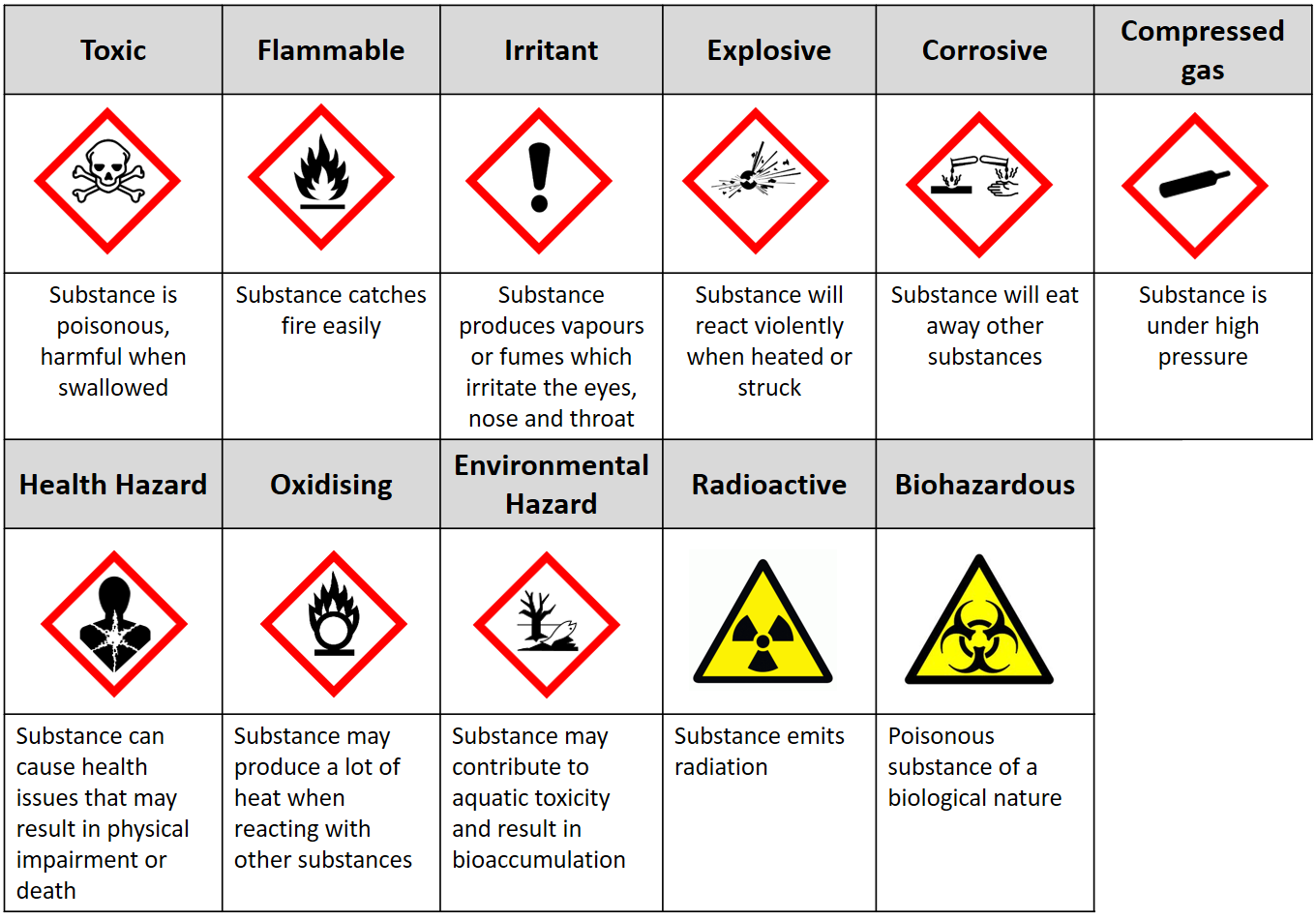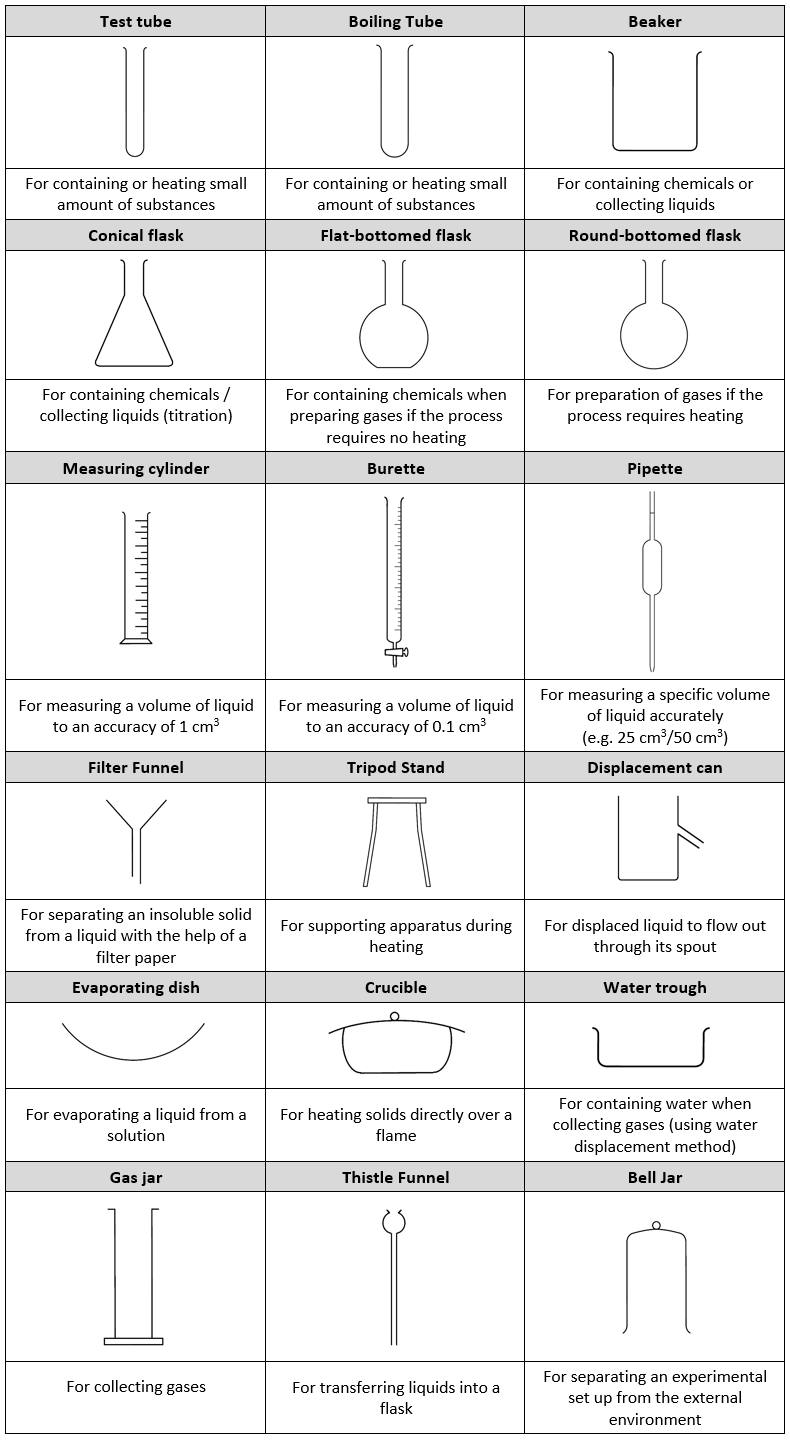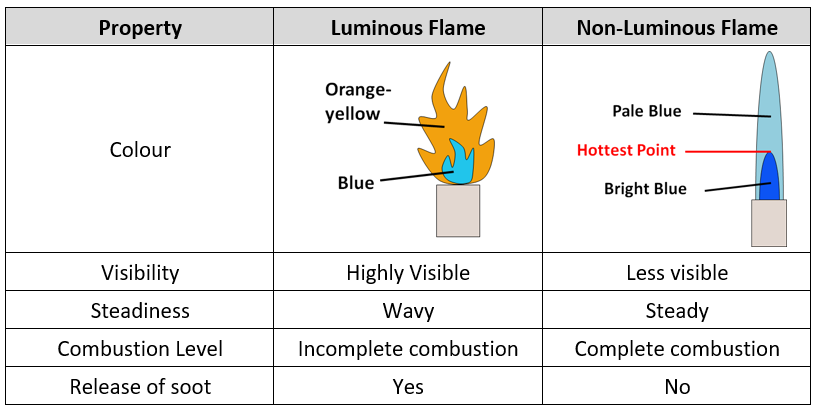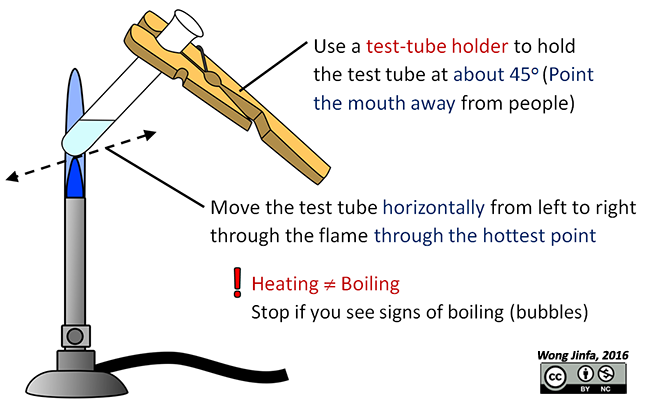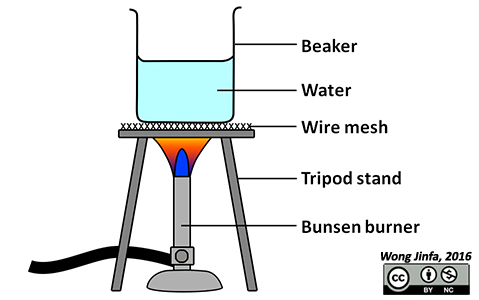¶ Key Understandings:
- Science is a study of the physical and natural world.
- Scientific knowledge is derived partly from observation, experimentation and analysis and partly from human imagination and creativity.
- Scientific knowledge is subject to change.
- The study and practice of science involve three major elements: attitudes, processes, and products.
- The Scientific Method consists of three components: Observation, Hypothesis and Experimentation and each component is supported by an array of process skills.
- Recognise that science is not confined to the laboratory, but is manifested in all aspects of our lives.
- Describe some of the uses and benefits of science and technology in society.
- Know the importance of attitudes such as curiosity, open-mindedness, creativity, objectivity and perseverance in carrying out scientific inquiry.
- Able to discuss the “bad science”, limitations of science, gender and religion, and nature of science through Socratic questioning.
- Recognise how has Science been a human endeavour through the contributions of numerous scientists.
- Outline the three components/processes of the Scientific Method: Observation, Hypothesis and Experimentation.
Recognise that the products of science are observed and experiment data, formulated concepts and theories.
Recognise that scientific knowledge is subject to modification as new information is discovered.
- Able to analyse and describe trends from graphs
- Observe laboratory safety rules and is familiar with general laboratory layout and routine.
- Know the names of the common laboratory apparatus and their functions and how to represent them in two-dimensional drawings.
- Know how to light and use the Bunsen burner correctly and heat liquids in a test-tube and a beaker.
- Know basic skills such as smelling of gas, liquid transfer, disposal of waste and cleaning up the bench after conducting the experiment.
- Science is the study of the natural and physical world
- Area of study of the natural world:
- Area of study of the physical world:
- Structure of matter and its interactions
- Energy
- Matter
- Primary:
- Secondary:
- Discern order between and among facts
- Scientists look for violations in underlying assumptions which are tested and retested
¶ Describe some of the uses and benefits of science and technology in society.
- Technology is the application of scientific knowledge for practical purposes
- Advancements in technology have improved our lives but it has some disadvantages too
- When abused, technology can cause harm to society and the environment
- Medicines (antibiotics) help cure diseases but may increase the risk of antibiotic-resistant ‘superbugs’
- Food crops can be resistant to attacks by pests and disease-causing organisms but may upset the balance in the ecosystem if the genes are transferred to other wild plants
- Automobiles allow for quicker transport of people but give out emissions that result in air pollution
- Styrofoam are used to make many useful objects but contributes to global warming during its manufacture, are non-biodegradable and harms and kills animals that accidentally consume it
¶ Know the importance of attitudes such as curiosity, open-mindedness, creativity, objectivity and perseverance in carrying out scientific inquiry.
- Good scientists: are
- Curious: Question what they see around them
- Creative, objective & resilient: Make observations and sense of the data collected from their observations;
- Open-minded: Work well with their peers and consider the views of others
- One Scientist who displayed such attitudes was Erasto Mpemba who is famous for the Mpemba effect:
¶ Able to discuss the “bad science”, limitations of science, gender and religion, and nature of science through Socratic questioning.
- Clarification: What do you know?
- Challenging assumptions: Are there any exceptions to this?
- Probing rationale (evidences): How do you know this?
- Questioning viewpoints: How else could you answer this?
- Considering the consequences: What will happen as a result?
- Questioning the question: What is the point of the question?
- Clarity: What are you thinking about?
- Relevance: How does that help?
- Accuracy: How do you find out if its true?
- Precision: Can you be more specific about the details?
- S = Statement of agreement or fact or intention
- E = Elaboration
- X = eXemplify or example
- I = identify the Importance of the concept/topic
- A scientific breakthrough is not usually achieved by one scientist alone
- It takes the combined efforts of many scientists over many years to build the scientific knowledge we have today
- Scientific knowledge is thus subject to changes as new observations are made and new evidence is found.
¶ Outline the three components/processes of the Scientific Method: Observation, Hypothesis and Experimentation.
- Statements describing an event which the person observing detects using his/her senses
- Based on observations, one can pose questions and generate explanations for the observations
- Inferences are predictions that are based on one's interpretation of what happened
- An inference of an observation that has yet to be proven (If ..., then ...)
- To test the hypothesis, we perform an experiment to try to prove its false
- Decide on the materials and methods to test the hypothesis
- Identify what kind of evidence (variables) to collect in order to test the hypothesis:
- Independent variables
- Are those factors in an experiment that the scientist deliberately changes so as to observe the consequences of these changes
- Dependent variables
- Are factors that undergo changes due to changes in the independent variables
- Control variables
- Are all those factors that the scientist attempts to keep constant
- Assign the different treatment groups:
- Experimental Group
- A group of subjects who are exposed to the independent variable under study
- Dependent variable is collected from this group of subjects
- Control Group
- Group that is not influenced by the independent variable being tested
- To increase precision and accuracy
- There should be at least 3 replicates for each value of independent variable
- The experiment should be repeated at least twice using same observer, measuring procedure, instruments at same location
- If the results do not support the hypothesis,
- The hypothesis is rejected (the prediction was wrong)
- If the results support the hypothesis,
- The hypothesis is not rejected
- However, we do not say it is accepted as we cannot conclude so with complete certainty
- But as the quality and quantity of evidence increases, so does our certainty about an idea
¶ Able to analyse and describe trends from graphs,
- x-axis: Independent variable
- y-axis: Dependent variable
- Quote the values of the variables and describe the trend of how the independent variable behaves as the dependent variable changes
- As independent variable increases from x-value to x-value, dependent variable increases/decreases linearly/disproportionately rapidly/gradually from y-value to y-value
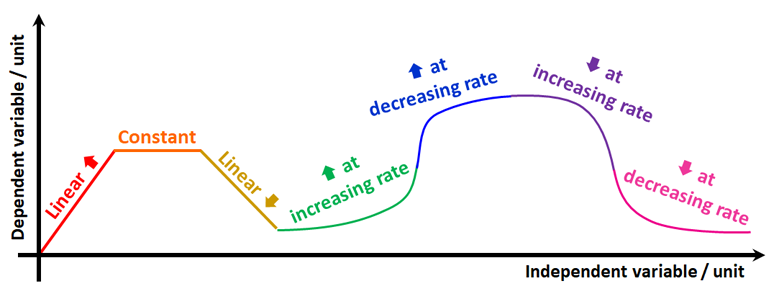
¶ Observe laboratory safety rules and is familiar with general laboratory layout and routine.
- No eating and drinking in the laboratory
- Long hair should be tied up so that it does not interfere with lab work
- Accessory clothing should not pose a safety risk (no wearing of ties)
- Safety googles to be worn when this is a risk of injury to the eye (mixing or heating of chemicals)
- Wash hands thoroughly before leaving the lab
- Be serious and do not play around in the lab
- Report damages to equipment immediately (use a broom and dustpan to clear broken apparatus)
- When collecting chemicals,
- Do not pour back any chemicals back into the stock bottle as they are already exposed to the environment and might contaminate the whole bottle
- When a glass apparatus is broken,
- Never handle it with your bare hands
- Inform the teacher and use a broom and dustpan to remove the broken glass
- When there is a chemical spillage,
- If any chemical accidentally gets in your mouth, spit it out into a basin immediately and rinse your mouth with plenty of water before reporting it to the teacher
- If any chemicals spilled onto other parts of your body or clothing, wash it with plenty of water and report the spill to the teacher
¶ Know the names of the common laboratory apparatus and their functions and how to represent them in two-dimensional drawings.
¶ Know how to light and use the Bunsen burner correctly and heat liquids in a test-tube and a beaker.
¶ Know basic skills such as smelling of gas, liquid transfer, disposal of waste and cleaning up the bench after conducting the experiment.
- Hold the test tube such that the opening is about 1 - 2 cm from your face
- Use a hand to wave or waft the gas towards your nose
- Hold each test tube 1 - 2 cm away from the mouth of the test tubes, using your thumb and index fingers only
- Transfer the liquid from rim to rim of each test tube
- Ensure that the rim of one test tube is touching and resting on the rim of the other test tube
- Solid materials disposed into the bin provided
- Biohazardous solid materials disposed of in special bags
- Non-toxic liquids should be poured into the sink
- Toxic liquids disposed of in special waste bottles
- Rinse a rag and wring it dry so that it is slightly damp
- After cleaning the bench, rinse and dry the rag before draping it over the sink.

